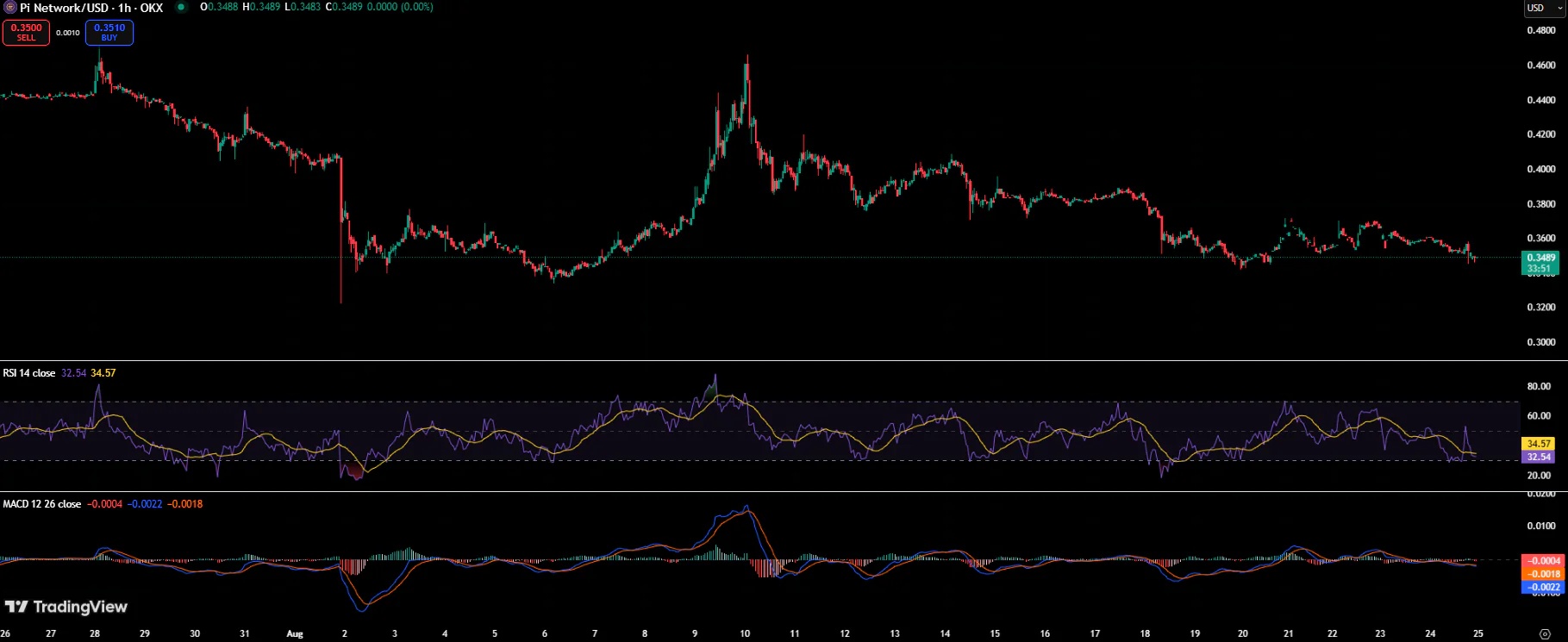Tether’s USDT: Dominance Amid Rising Rivals

Tether, for all its ubiquity, carries the weight of a house of cards. The $41 million fine from 2021 for its “fully backed” claims lingers like a ghost at the feast. Now, the Genius Act-a law demanding monthly reserve disclosures-exposes a fissure. Tether’s quarterly reports, a relic of bureaucratic sloth, have left it vulnerable to the quiet, methodical advance of others. The CEO’s suggestion of a U.S.-specific USDT feels less like strategy and more like a man rearranging deck chairs on a sinking ship.





